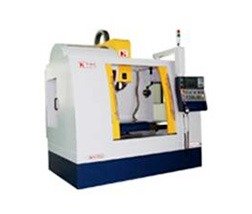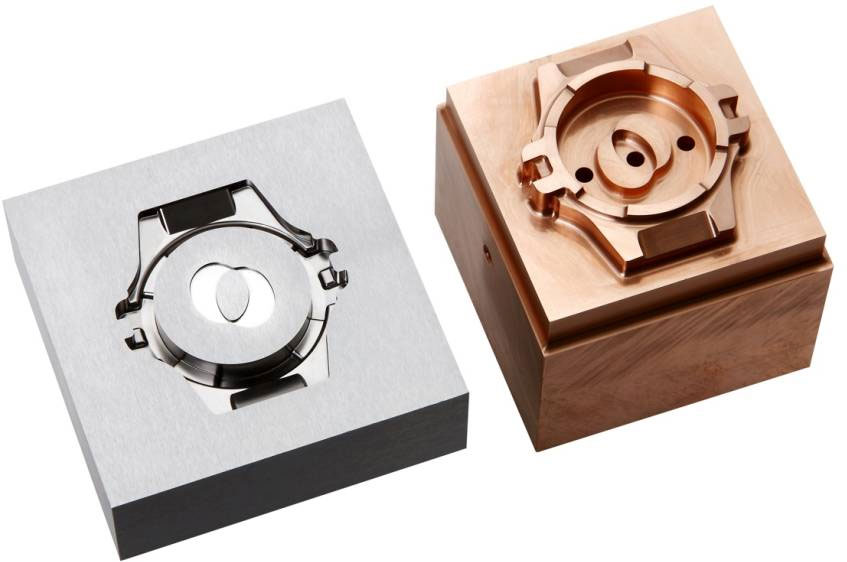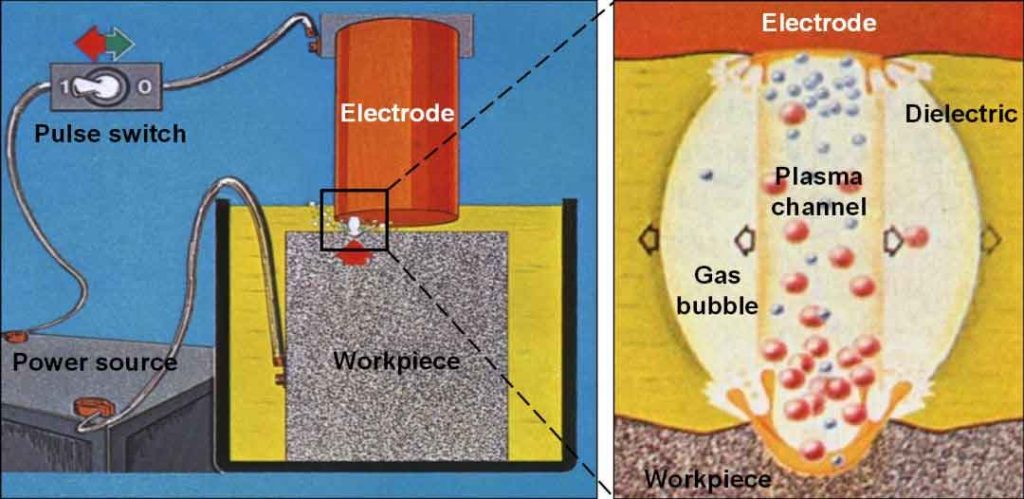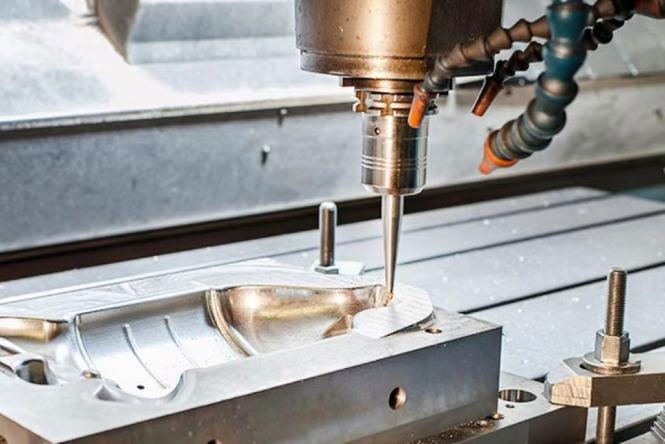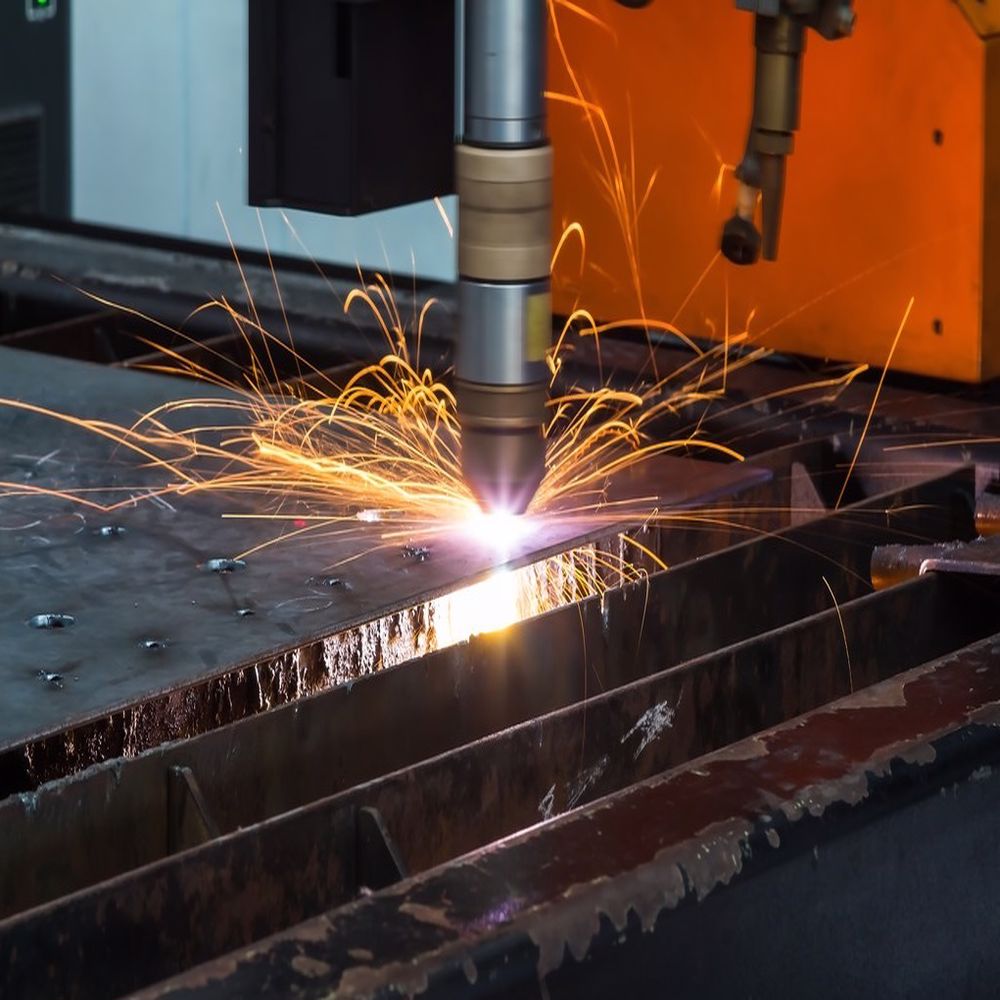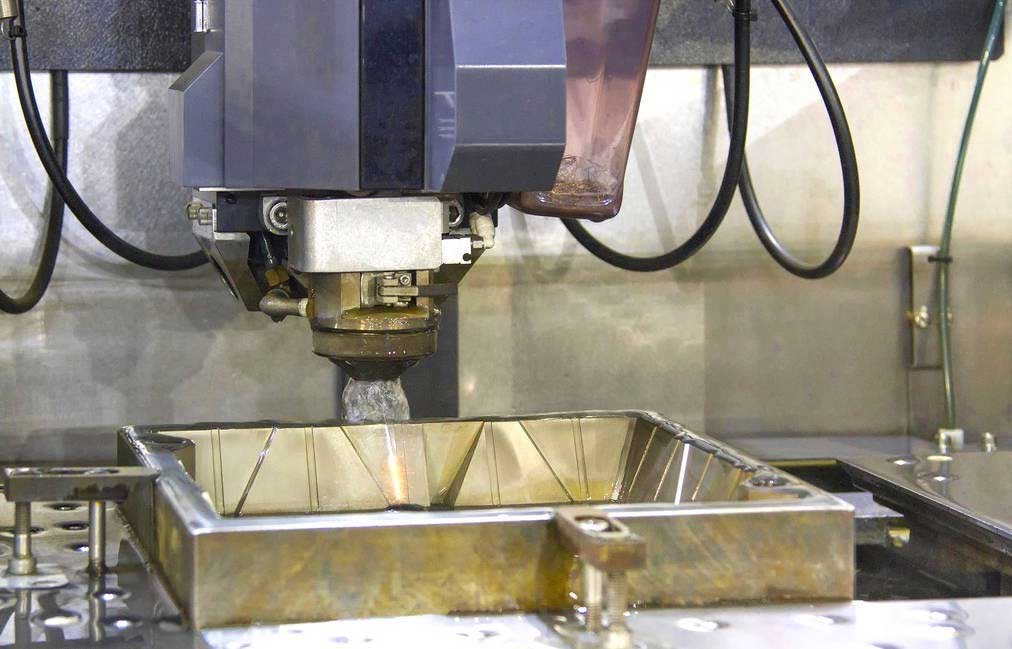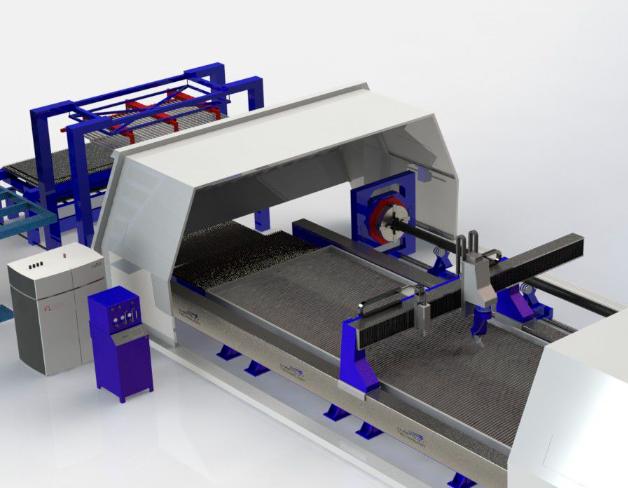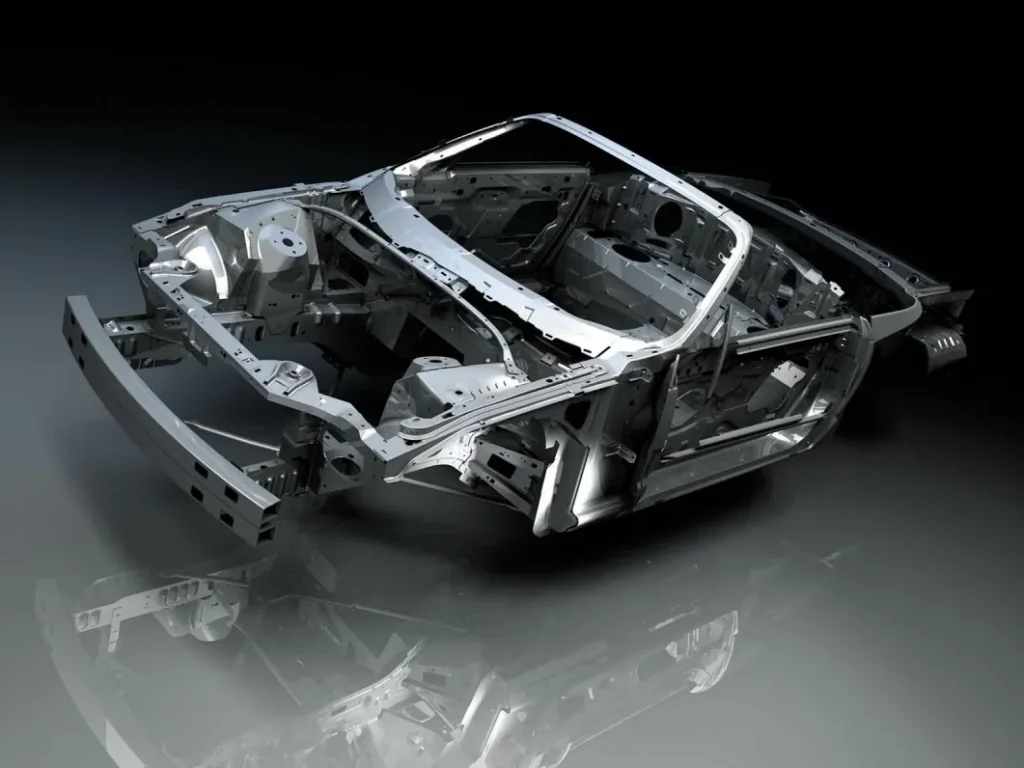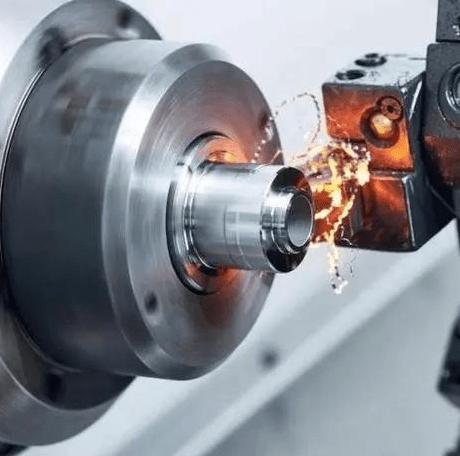In the realm of modern manufacturing, precision cutting and shaping of materials play a pivotal role in the creation of intricate components and products. Wire EDM (Electrical Discharge Machining) and laser cutting are two prominent techniques that have revolutionized the industry, each boasting unique advantages and applications. As manufacturers strive for excellence in efficiency and quality, understanding the distinctions between these cutting methods becomes paramount. In this article, we delve into the six crucial aspects that set Wire EDM and laser cutting apart, shedding light on their respective strengths and best-suited scenarios.
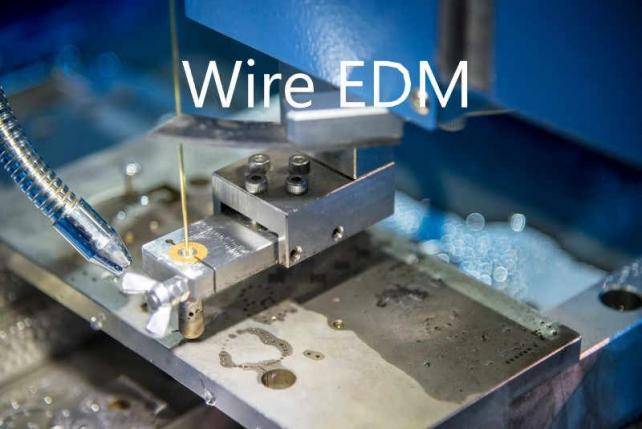
Principle of Operation in Wire EDM VS Laser Cutting
Wire EDM: Wire EDM is a non-contact machining process that uses a thin, electrically charged wire (usually made of brass or copper) to cut through electrically conductive materials. The wire is guided along a predefined path, and electrical discharges (sparks) are generated between the wire and the workpiece to erode the material and create the desired shape.
Laser cutting: Laser cutting, on the other hand, utilizes a high-powered laser beam to melt, burn, or vaporize the material being cut. The focused laser beam delivers intense heat energy, causing localized material removal and creating the desired cut.
Material Compatibility in Wire EDM VS Laser Cutting
Wire EDM: Wire EDM is primarily suitable for cutting electrically conductive materials, such as metals (e.g., steel, aluminum, titanium) and some conductive ceramics.
Laser cutting: Laser cutting is more versatile and can be used to cut a wide range of materials, including metals, plastics, wood, fabrics, paper, and non-conductive materials.
Cutting Precision and Accuracy in Wire EDM VS Laser Cutting
Wire EDM: Wire EDM is known for its high precision and accuracy. It can produce intricate and delicate cuts with minimal material deformation.
Laser cutting: Laser cutting also offers high precision and accuracy. However, the quality of the cut can be influenced by factors like material thickness, reflective properties, and the type of laser used.
Cutting Speed in Wire EDM VS Laser Cutting
Wire EDM: Wire EDM typically operates at slower cutting speeds compared to laser cutting, especially for thicker materials.
Laser cutting: Laser cutting is generally faster, especially for thinner materials, making it a preferred choice for large-scale production runs.
Kerf Width in Wire EDM VS Laser Cutting
Wire EDM: The kerf width (width of the cut) in wire EDM is relatively small, which can lead to reduced material wastage.
Laser cutting: The kerf width in laser cutting is generally wider than in wire EDM, resulting in slightly higher material wastage.
Edge Quality in Wire EDM VS Laser Cutting
Wire EDM: Wire EDM produces smooth and burr-free edges, making it suitable for applications where a high-quality surface finish is crucial.
Laser cutting: Laser cutting can produce smooth edges, but it may sometimes create a heat-affected zone (HAZ) that could affect the material’s properties.
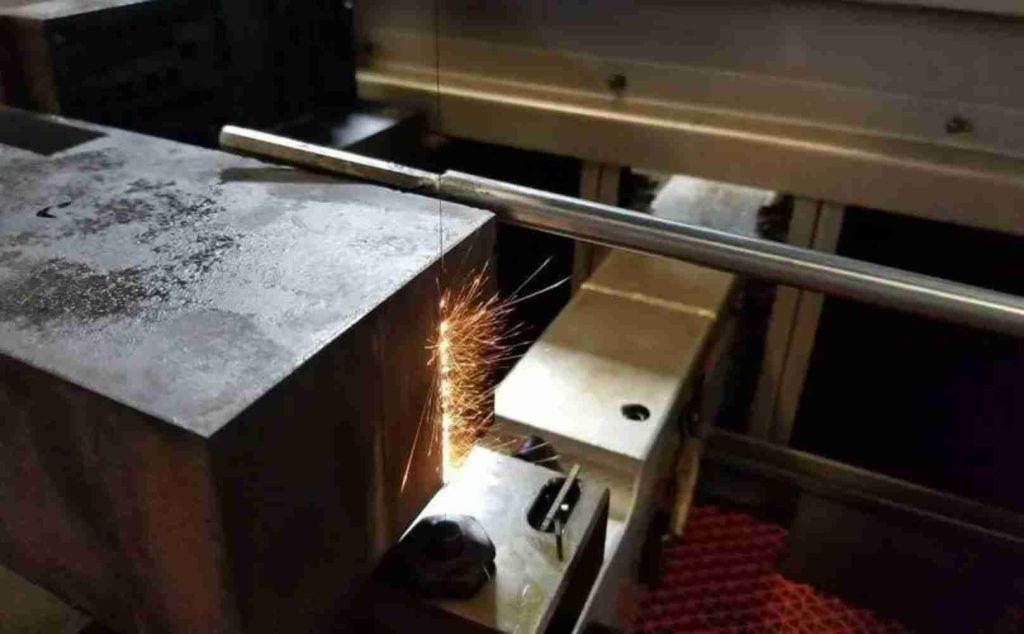
Conclusion
In the world of precision manufacturing, Wire EDM and laser cutting stand tall as stalwart methods, each excelling in distinct aspects of material cutting. Wire EDM’s non-contact, high-precision approach proves invaluable for electrically conductive materials, delivering immaculate edges and fine details. On the other hand, laser cutting’s versatility, rapid cutting speed, and broader material compatibility make it a go-to choice for a wide array of applications, even across non-conductive materials. If you are looking for a reliable manufacturer of wire EDM services, please feel free to contact JTR.
As technology continues to advance, these cutting techniques are likely to undergo further refinements, making them even more potent tools in the hands of skilled manufacturers. Understanding the nuances and specific strengths of Wire EDM and laser cutting empowers engineers and designers to make informed decisions, selecting the optimal method for each unique project and ultimately pushing the boundaries of what’s possible in the realm of precision manufacturing. Whether it’s a delicate masterpiece or a high-volume production run, Wire EDM and laser cutting will continue to shape the future of manufacturing with unparalleled precision and efficiency.


